Years back as a DAWless hardware player I started with 1 Beatstep, then upgraded to 2 Beatstep Pro, and after I moved to 3 Keysteps. Now with 4 machines in 1 Keystep Pro, I can discard all oldies because this Keystep Pro does everything - and more - what its predecessors could do.
Handling: It seems I can play only one of the 4 channels solo when the others are sequencing. I cannot select 2 channels simultaneously for combined solo. Sure I could set midi channel via the menu dive but that is not an option for live stage.
Also, I tried to use an external analog clock to control the BPM of the KSP using the auto clock-in, but the KSP did not react in any way to the external clock, but through the midi control center I could set the sync in on clock and at 1ppq, so that did the trick. So now I can play the KSP at less than 1 BPM which is great for super slow soundscapes. That increased the stars for features from 3 to 5.
Features: For more complex sequences I can insert up to 16 phrases in one sequence. Which in a way increases the number of steps to 16x16=256 per sequence.
Quality: After two months of usage, I wanted to upgrade the firmware through usb on macbook. The moment I connected usb, the KSP power failed and I had to return it for repair. Thomann fixed it quickly, thank you, and that increased the stars for quality from 2 to 4.



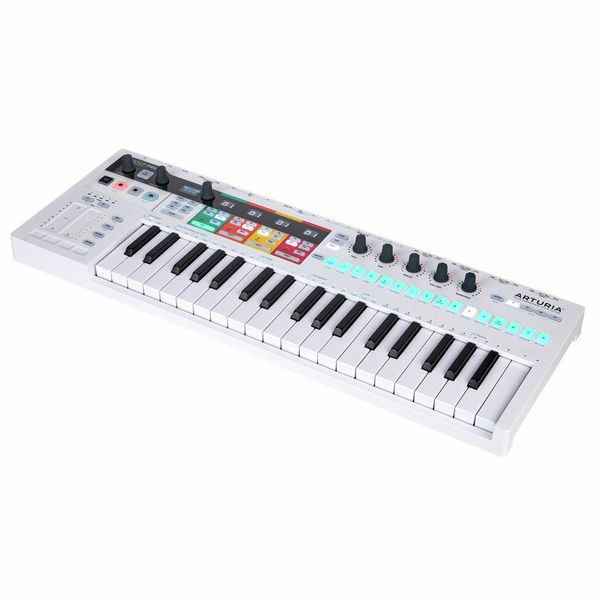
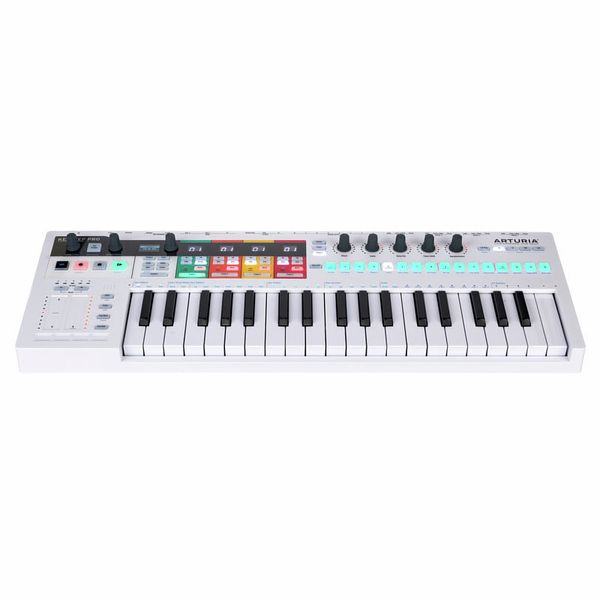
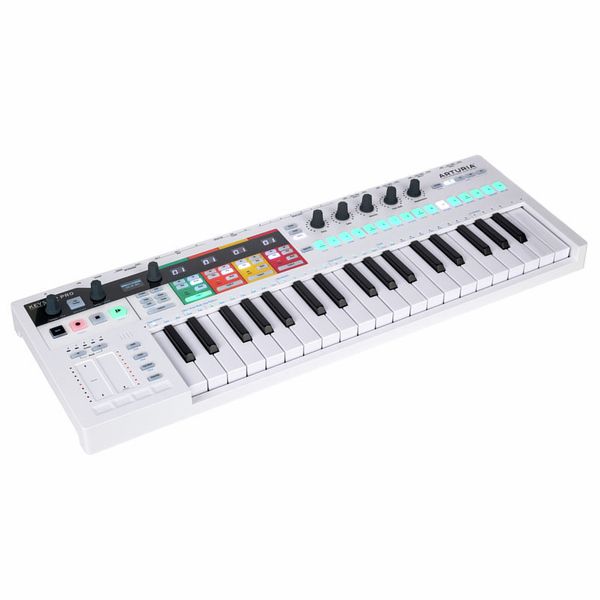
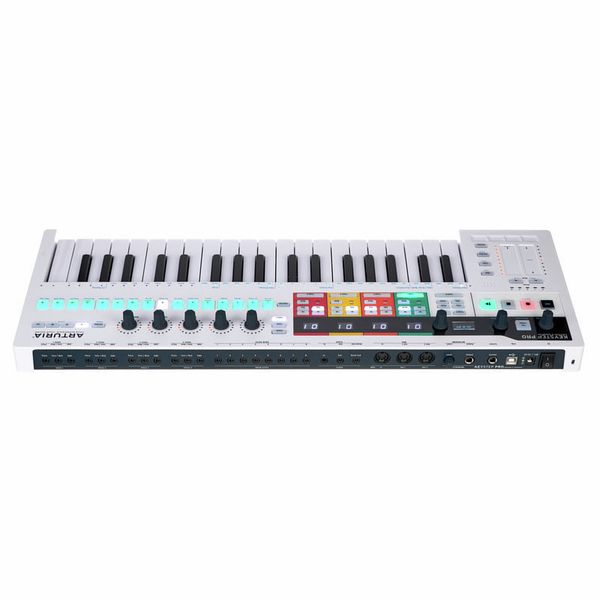
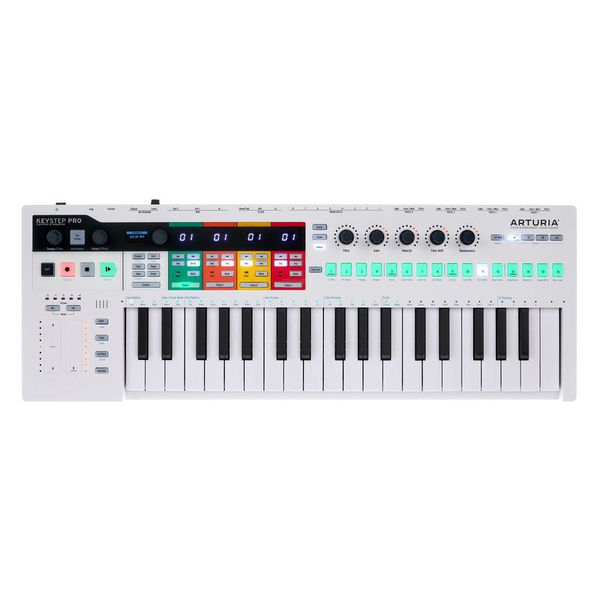
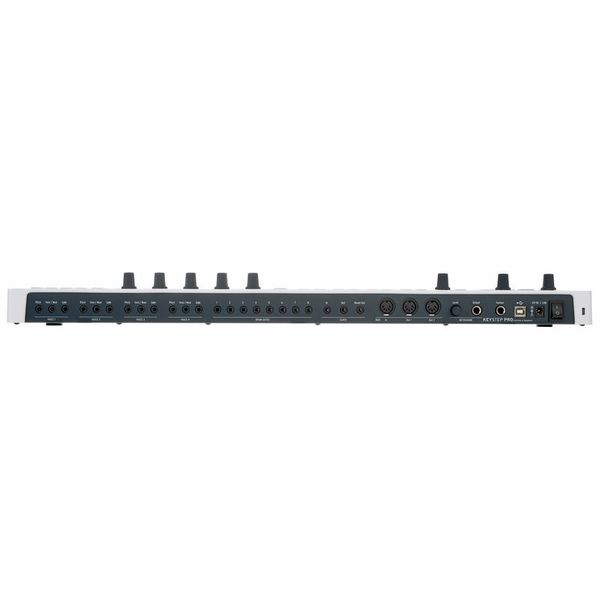
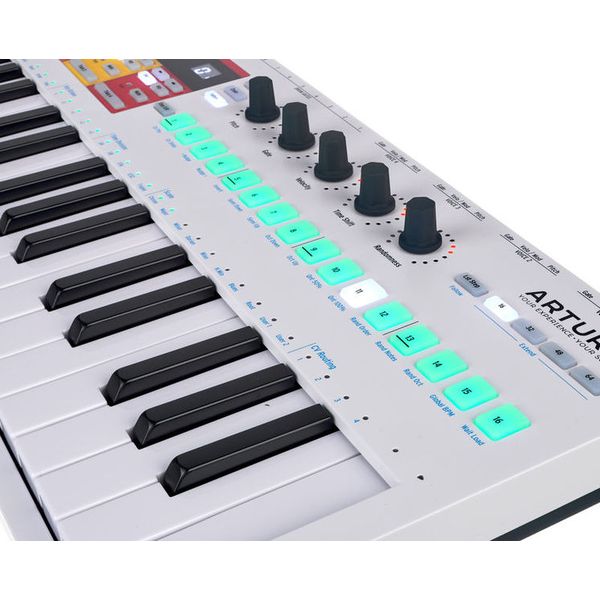
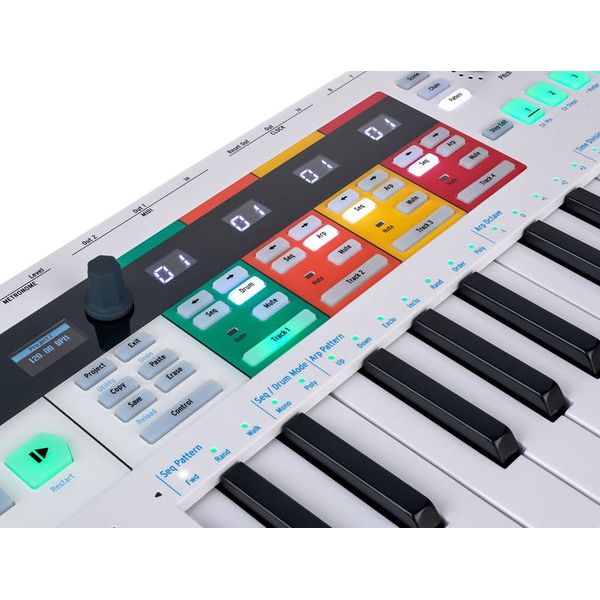
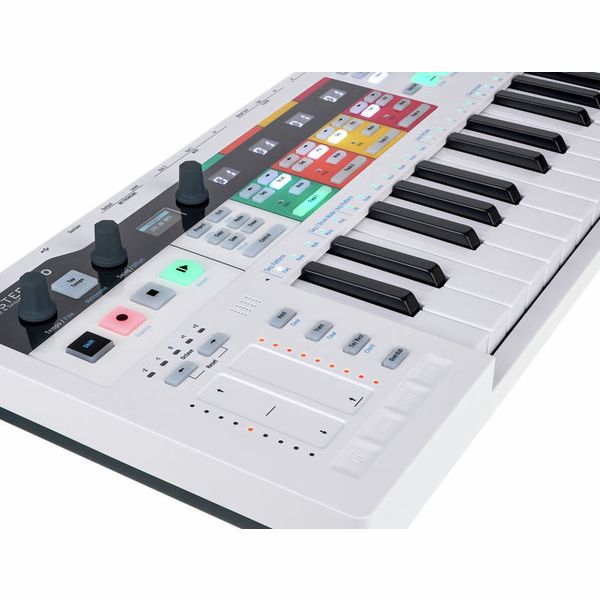
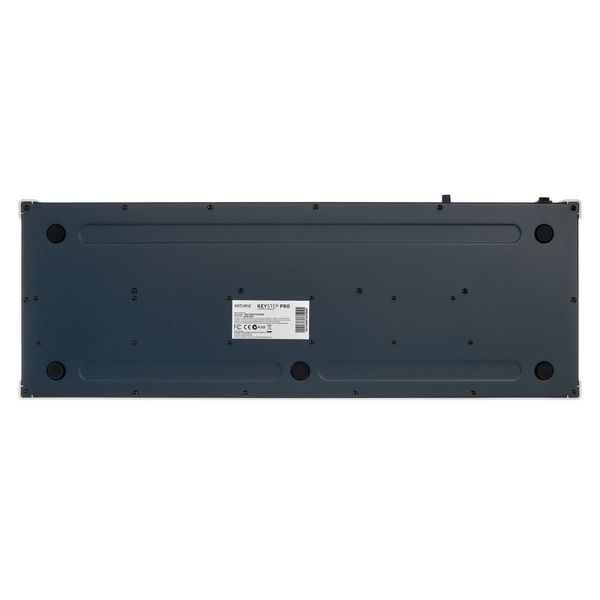
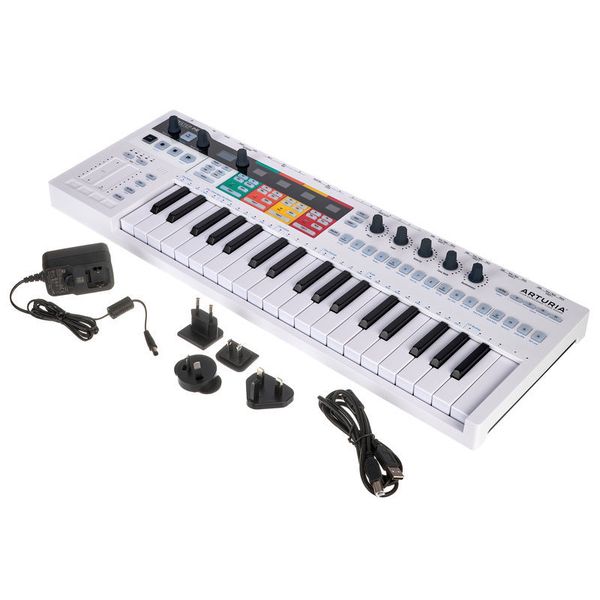












)
)
)
)
